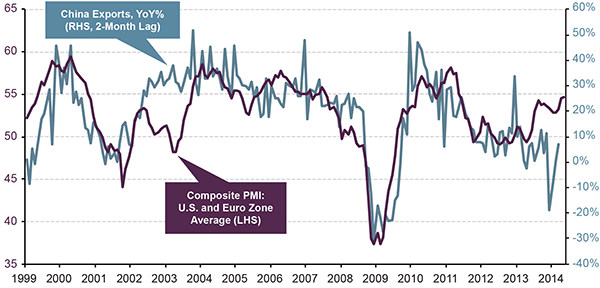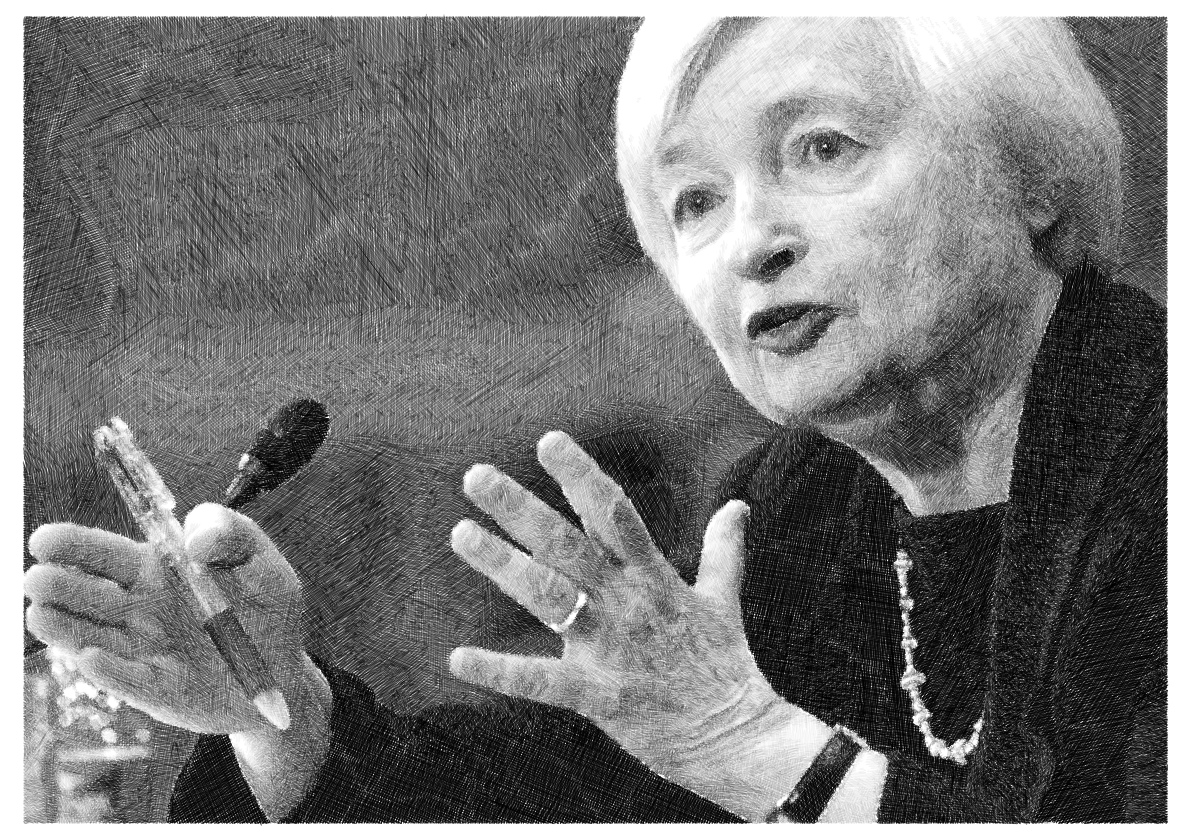The American economy is looking stronger, and with Europe improving and China working through its problems, the outlook for U.S. stocks and bonds looks positive heading into summer.
by Scott Minerd, CIO, Guggenheim Partners LLC
The latest round of monetary policy actions by the European Central Bank should be positive for the euro zone, and indirectly for the United States. In Europe, the risk is that the euro will depreciate, which makes buying U.S. Treasury bonds and other U.S. assets attractive for European investors as interest rates are significantly higher in the United States than in Europe. Indeed, yields on Irish 10-year debt have at times drifted below that of U.S. Treasuries, underscoring this interest rate differential.
On balance, the global economy appears to be firing on all cylinders. In the current environment, U.S. stocks and bonds should continue performing well. However, with most U.S. fixed-income assets now richly priced, we must guard against the pitfalls of overvaluation. For now however, as I wrote in my Market Perspectives commentary last week, the outlook remains positive.
Chart of the Week
Exports to U.S. and Europe Give China Near-Term Boost
With domestic demand dampened by a slowing housing market and troubles in the banking sector, China must reaccelerate exports to keep economic growth rates at acceptable levels. Luckily for Beijing, economic improvements in the United States and Europe are coming just in time to boost exports. While China needs more reforms to ensure sustainable economic growth, the brighter outlook for the euro zone and the United States, which together account for nearly one-third of Chinese exports, should help the Chinese economy in the near term.

Source: Haver, Guggenheim Investments. Data as of June 18, 2014.
Economic Data Releases
U.S. Data Mixed, but Economy on Track to Accelerate
- U.S. retail sales rose 0.3 percent in May after an upwardly revised 0.5 percent gain in April. Sales excluding autos and gas, however, were unchanged.
- Housing starts were weaker than expected in May, falling 6.5 percent to 1.0 million. Both multi-family and single-family starts fell.
- Building permits dropped 6.4 percent in May to an annualized pace of 991,000, with the drop due to a large decline in multi-family permits.
- The NAHB housing market index increased to 49 from 45 in June, the highest in five months.
- Industrial production rose 0.6 percent in May, after a 0.3 percent decline in the previous month.
- University of Michigan consumer confidence was weaker than expected in June, falling to 81.2 from 81.9.
- Initial jobless claims during the week ending June 6 moved up slightly to 317,000.
- The consumer price index rose 0.4 percent on a monthly basis in May, with the year-over-year change accelerating to 2.1 percent. Price increases were led by food and energy, with core prices also rising by the most since August 2011.
Europe Continues Recovery, China Improves
- Euro zone industrial production rose above expectations in April, increasing 0.8 percent, a six-month high.
- Germany’s ZEW survey showed the assessment of the current situation rising to nearly a three-year high in May, while expectations unexpectedly fell to the lowest level since 2012.
- The CPI in the United Kingdom fell in May to 1.5 percent year over year, the lowest since 2009.
- Chinese retail sales exceeded expectations in May, rising 12.5 percent year over year.
- Industrial production in China inched up to 8.8 percent year over year from 8.7 percent.
- Japanese exports were negative in May, falling 2.7 percent from a year earlier, down from a 5.1 percent gain in May.
Copyright © Guggenheim Partners LLC
















